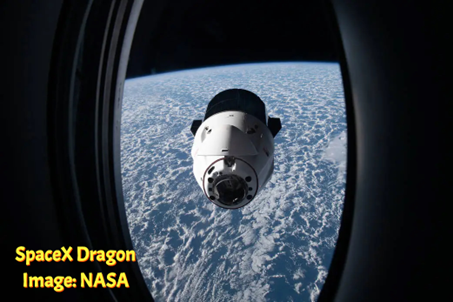Kiddaan Google? Sab Changa?
Yes, Now we have Punjabi among another 110 languages that’s added to PaLM2 AI model

Google has added support to 110 new languages on its translation service that is operated using the company’s PaLM 2 AI model. The company said the newly added languages represent over 614 million speakers that translates to roughly 8% of the world’s population.
Apart from Punjabi, other languages that got added include Cantonese, Manx, Tamazight and Tok Pisin among others. The company was quick to point out that these languages were in different stages of usage whereby some had 100 million speakers while others did not have any active speakers and the effort was to preserve them.
“Our approach has been to prioritize the most commonly used varieties of each language. For example, Romani is a language that has many dialects all throughout Europe. Our models produce text that is closest to Southern Vlax Romani, a commonly used variety online. But it also mixes in elements from others, like Northern Vlax and Balkan Romani,” says software engineer Isaac Caswell, in a statement.
Bragging rights on translation with Google
The latest addition to Google Translate is part of the company’s stated objective to support 1,000 languages through AI, which was announced in 2022. The same year, Google also added support for 24 languages spoken by over 300 million people through its single shot model. The total number has now risen to 243 languages.
And why do we think Google is flexing its muscles with the addition of Punjabi? Because Apple recently announced that it would be supporting Hindi translation via their app which would take the count on Apple Translate to just 20 languages.
Is Google playing catch up with others on AI?
Just to put things in context, Google might have been the first adopter of generative AI but found itself left out in the lurch through the explosive growth of rivals such as ChatGPT and Microsoft Copilot. In response, Google launched Bard AI chatbot to a mixed reception last year in March.
However, the company also added the ability to use Bard right from within Google’s search results. The company uses PaLM which stands for Pathways Language Models. This means that Google’s Pathways AI architecture is used to help train machine learning models to perform a variety of tasks and is part of the company’s major AI efforts.
While introducing Pathways architecture, Google’s blog post in October 2021 had noted that machine learning systems tend to overspecialize at individual tasks when they could actually excel at many. The new AI architecture would be capable of handling multiple tasks at once and learn new tasks quickly.
What’s the Pathways architecture?
“Today’s AI systems are often trained from scratch for each new problem – the mathematical model’s parameters are initiated literally with random numbers. Imagine if, every time you learned a new skill (jumping rope, for example), you forgot everything you’d learned – how to balance, how to leap, how to coordinate the movement of your hands – and started learning each new skill from nothing,” the post had said.
It was after introducing this concept that Google first spoke of PaLM in 2022, though they never launched a product led by the model. It was only much later amidst pressure from close competitors that Google upgraded Bard chatbot from LaMDA to use PaLM2. It was trained in over 100 languages and had better domain knowledges in areas like coding.
The early LaMDA machine learning model had 137 billion parameters with a training size of 1.56 words while the PaLM2 uses a technique called compute-optional scaling to produce better results with fewer parameters and a smaller training dataset. At that time, Google hadn’t committed to the use of this language for audio, video and other formats.
Pathways are getting used only now
Late last year, Google announced its Gemini multimodal LLM and in February this year announced the Gemini 1.5 Pro model and demonstrated it during the May 2024 Google I/O conference. Now it can process text, images, audio and video which means users and applications can use it to reason across different modalities to generate text, answer queries and analyze various forms of content.
The future of PaLM2 is slowly appearing now. The latest language model will power everything from a new “Help me Write” feature in Google Docs and Gmail to AI image generation in Slides. These features come under Google’s Duet AI for Workspace umbrella and appears to be in direct competition of Microsoft CoPilot.
They have also developed a version of PaLM2 that fits on smartphones and is called Gecko. This condensed language model could potentially make it possible to use generative AI offline in the none-too-distant future. For starters, it may be available on Android smartphones, but one cannot rule out a deal with Apple too.
As for the developer community, they have access to PaLM2 via APIs that would make other companies rely on Google’s LLMs just as we have seen others adopt GPT4 for their own AI-powered features. As for the latest effort on adding languages, we can only say Google is just throwing down the gauntlet on translation capabilities to its big tech rivals.








